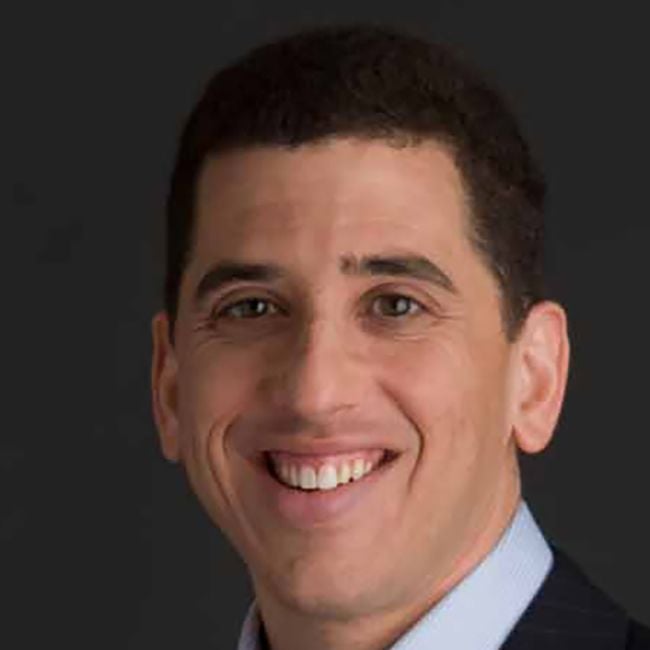
The COVID 19 pandemic created an all-hands-on-deck call to scientists all over the globe to study formerly little known, post-viral illnesses. Simultaneously, it prompted scientific leaps in a wide range of illnesses and unexpectedly facilitated the much-needed rise of patient experts.
The Long COVID Phenomena
Prior to 2020, lack of funding and societal stigma often curtailed heavy investment in understanding of post-viral and post-infectious diseases. But during the height of the first wave, doctors discovered as high as one in five adults who contracted even mild or asymptomatic COVID would continue to have months-long lingering of symptoms: a phenomenon doctors now call post-acute sequelae of COVID-19 but often referred to as long COVID. The vast number of those impacted by long COVID, estimated at 24 million adults and counting, has ignited a high level of interest in care that is pushing the needle forward for post-viral chronic illnesses.
The potential for cataclysmic societal and economic impact of long COVID, estimated at hundreds of billions each year in the US alone, has incentivized many nations, institutions, research teams, and more to break past cumbersome structural norms that have kept them from collaborating effectively before. Additionally, out of sheer necessity, for the first time since the acquired immunodeficiency syndrome epidemic, post-viral patients and caregivers have been able to consult government agencies and leading research teams at levels never before seen—and we’re seeing some incredible results.
While this pandemic has created a tsunami of illness that has ravaged mankind, it has simultaneously created hope for millions.
Long COVID and ME/CFS
Post-viral and post-infectious chronic illnesses aren’t new. Unfortunately, prior to the pandemic, post-viral chronic illness care in the United States was at best a handful of specialists pieced together to help millions of people.
Myalgic encephalomyelitis/chronic fatigue syndrome (ME/CFS) is a chronic disease that affects many organ systems, often, but not always, triggered by a viral infection. Similar to long COVID, ME/CFS has a broad range of associated illnesses, including rare illnesses. The lack of academic interest to study and treat ME/CFS created a substantial lack of progress in treatments and diagnostics for post-viral illness. Prior to the pandemic, up to around 2.5 million people in America were estimated to have ME/CFS, yet around 90 percent were undiagnosed.
History of ME/CFS Patient Involvement
Since the mid-1980s, this community of chronically ill, often bedbound patients curated hard-to-find information on a variety of illnesses, such as dysautonomia, mast cell activation syndrome, multiple chemical sensitivity, and more. Nevertheless, aside from a few standout patient advocates and the organizations they created, guides to care were often just a hodgepodge of patient-generated content compiled through the years. These patients, often turned subject matter experts, sometimes worked to the point of detriment to their own health to create catalogs of resources. Unfortunately, their expertise went mostly unnoticed by health-care professionals, scientists, and government agencies.
However, upon the onset of the pandemic, their efforts became instrumental in shaping almost all things long COVID. Decades of their hard work fast tracked the progress we see today with long COVID advocacy, research, treatments, and therapies. This level of collaborative patient expert involvement gave rise not only to over a billion dollars in federal funding for long COVID studies but also to new tracking coding of ME/CFS. Additionally, the accessibility of resources developed by ME/CFS-centered organizations has helped to lower the impact of systemic barriers that minority and LGBTQ+ communities often face when seeking care for long COVID.
Future of Chronic Illness Patients
Fortunately, now years into the start of the pandemic, there doesn't seem to be any attempt to go back to how post-viral care used to be structured. Thanks also in part to concurrent advances in mRNA technology that was fast tracked to develop COVID vaccines and to the call for scientists to use artificial intelligence to advance understanding of long COVID, we are also making leaps in developing potential biomarkers and therapies for post-viral illnesses even faster than ever before. So, while this pandemic has created a tsunami of illness that has ravaged mankind in a multitude of ways, including collateral damage that has still yet to be fully measured, it also has simultaneously created hope for millions. Now, many people with chronic illness are filled with new hope for their future, to lead full lives through the scientific gains made due to the pandemic.












